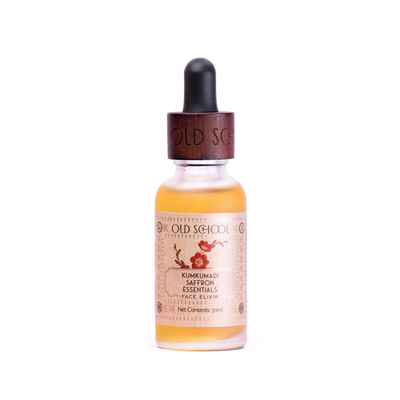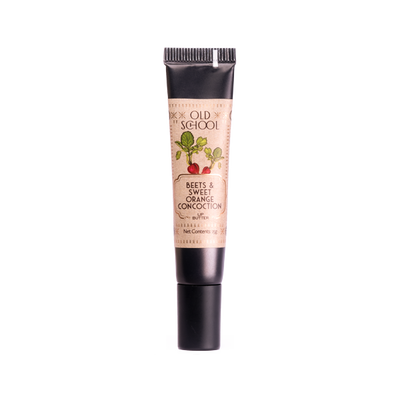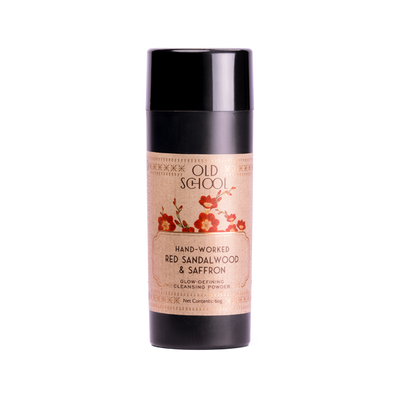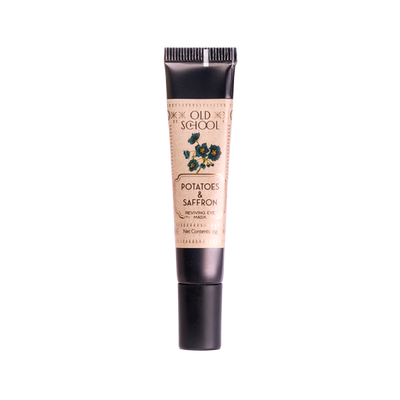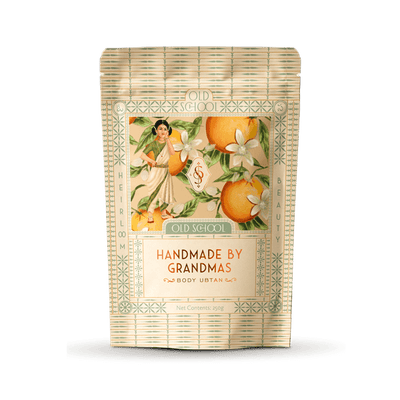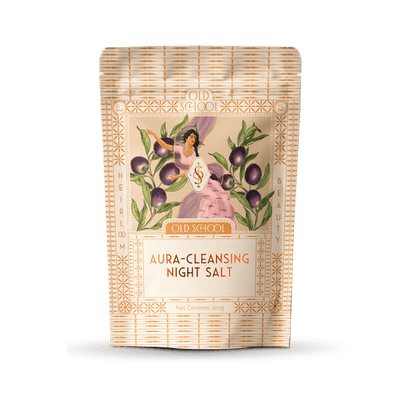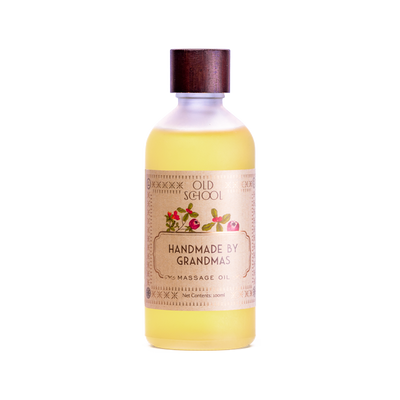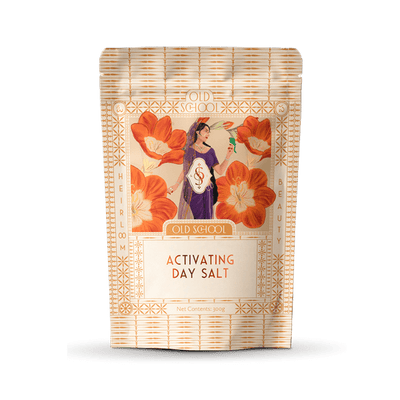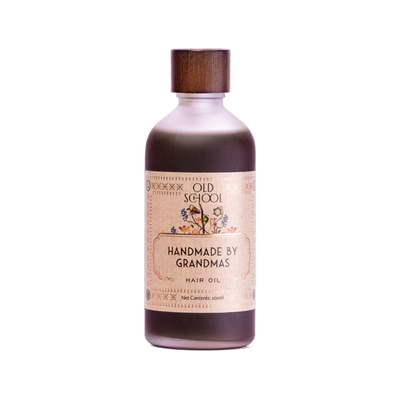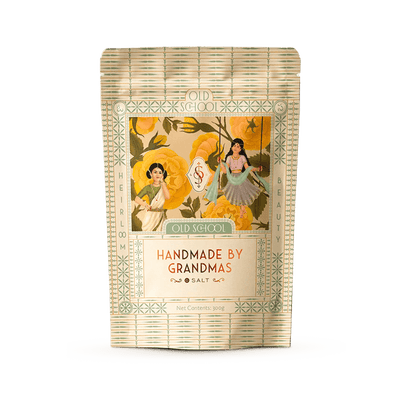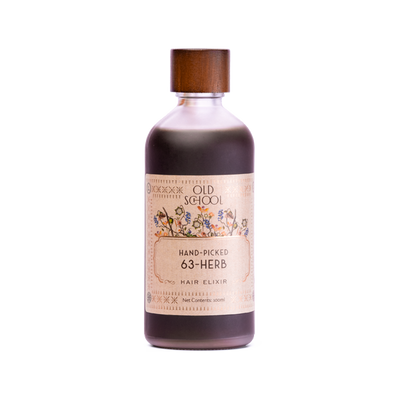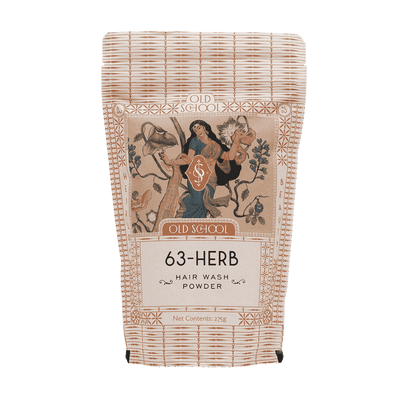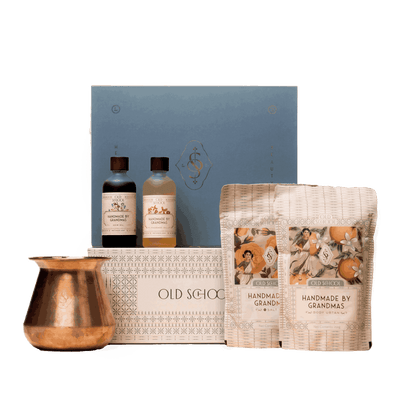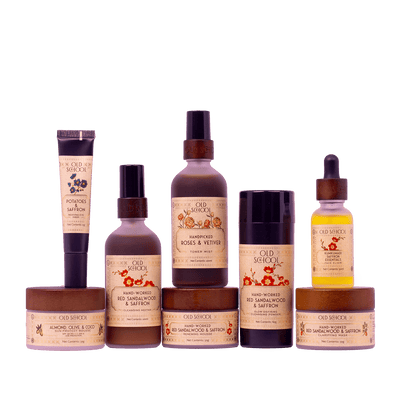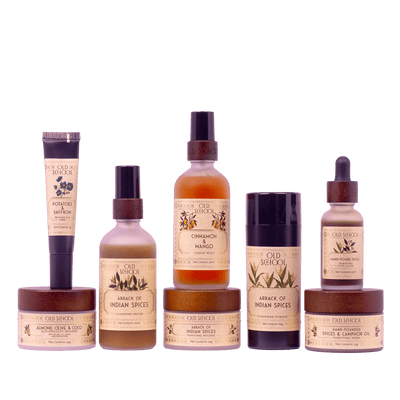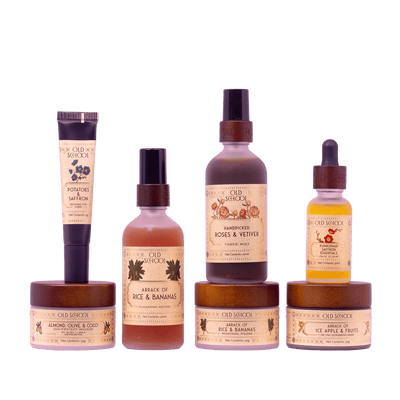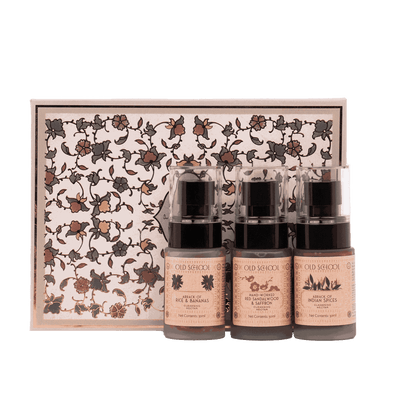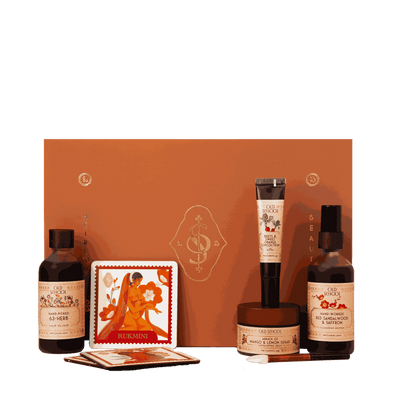In the bustle of modern life, tuning our lifestyle to the rhythm of the seasons feels like a rare luxury—yet, it’s an absolute necessity. Each season carries its own challenges for the skin, and winter is often the harshest of all. Cold winds, low humidity, and dry indoor heat together strip away moisture, leaving your lips vulnerable to cracks, flakes, and that familiar sting every time you try to smile.
With the goodness of natural ingredients, proven home remedies, and the best of old-school rituals, here’s a step-by-step winter lip care routine rooted in true wellness.
The Root Cause: Why do lips suffer more than the rest of your skin in winter?
Before we understand the treatment, let’s understand the root cause of your lip woes. The answer lies in the fact that lips have no sweat glands, very few oil glands, and are covered with only a few delicate layers of tissue. The vermillion border—that fine line where your lips meet your face—is especially fragile. These features make the lip highly singular in comparison to other skin regions of the human body and highly prone to dehydration. Add to that the everyday habits, such as licking your lips for quick relief or using matte lipsticks, which can cause dehydration of your lips. As the most vulnerable casualty, the season calls for a special lip care routine for dry lips.
The Essential Step-by-Step Winter Lip Care Routine For Dry Lips

Gentle Exfoliation
Exfoliation is the process of removing the dry, cracked and white patches from your lips. Think of it as clearing away the rough layer so the fresh skin beneath can breathe.
Use a sugar-and-honey mix or a layer of petroleum jelly. Gently massage it onto your lips in circular motions for 1–2 minutes, then rinse with lukewarm water and pat dry. Limit this step to once or twice a week to avoid irritation. Exfoliation smooths the surface of your lips, prevents cracks from deepening, and allows balms or treatments to absorb better, making every step that follows more effective.
Hydration & Treatment
Hydration treatment is used to replenish lost moisture and soothe parched skin. A natural lip balm, free from synthetic colours and chemical quick fixes, does this job the best.
Try the beetroot lip balm. Blending the mineral-rich, delicious flavours of beetroot and oranges with the deep hydration of natural oils, this creamy balm feels like a freshly prepared natural paste passed down by your ancestors as a gesture of love and care.
Apply a thin, even layer after meals, before bed, or whenever your lips begin to feel dry or tight.
Enduring Protection
Consistency is the key to reaping enduring benefits from your winter lip care routine. Pursue exfoliation and hydration persistently daily. Within weeks, it will foster a silent healing, eliminating the painful cracks and revealing a look of suppleness.
Beyond applying a balm and outer care, it’s about maintaining proper habits and an appropriate diet.
DIY Remedies To Include In Your Winter Lip Care Routine
Some of the best ancient natural secrets that you must add to your lip care routine for dry lips this winter are tucked away in your kitchen.
- A little coconut oil massaged onto your lips before bed works wonders—its natural anti-inflammatory properties calm irritation while locking in moisture through the night.
- If your lips feel rough or cracked, a thin layer of honey can be your quick healer. Honey draws in moisture and softens the skin, leaving your lips smoother by morning.
- On days when irritation feels stronger, fresh aloe vera gel is a soothing companion, cooling the skin and helping repair tiny cracks.
Lifestyle Habits To Enhance The Lip Care Routine For Dry Lips
Mindful eating, protective habits, along with daily exfoliation and hydration, collectively form a holistic lip care routine for dry lips. Your diet also plays a quiet but powerful role. Beyond food, small daily habits matter too.
Fresh fruits and vegetables rich in vitamin B3, B6, and beta-carotene help renew skin cells, restoring your lips' natural softness. Nuts and seeds—like almonds, walnuts, and flaxseeds—bring omega fatty acids into your diet, strengthening the skin’s barrier and keeping lips supple from within.
Wrap a scarf lightly around your lips when stepping out to protect them from biting winds. And when it comes to makeup, avoid making matte lipsticks your everyday choice—reserve them for special occasions and instead reach for creamy or hydrating formulas that support the care you’re already giving.
The Benefits of Following a Holistic Winter Lip Care Routine

Over time, consistent care strengthens your lips’ natural moisture barrier, reducing dependence on constant reapplication of balms. Your lips stay hydrated longer and adapt more effectively to dry, cold air.
A wholesome diet, particularly one rich in antioxidants and essential fatty acids, supports tissue repair and boosts immunity. This not only prevents chapped lips but also enhances your skin’s ability to recover from dryness, inflammation, and minor cracks more quickly. Pairing these habits with the best skin care products —those made from natural, nutrient-rich ingredients—ensures that your lips and surrounding skin receive complete nourishment and long-term protection.
A positive by-product is that your lips regain their natural tone and healthy glow. Regular exfoliation encourages cell renewal, while natural oils and balms infuse lasting vitality—making your lips look naturally glowing without any cosmetic layer.
Beyond lip care, you can extend the same nourishment to your face and body with our winter special skin care combos skin care combos, thoughtfully curated to provide deep hydration and protection during the colder months. Each combo pairs essentials like a face cleanser and serum, cleanser and mask duos, or soothing bath essentials that together create a complete winter wellness routine.
FAQs
How to keep lips pink in winter?
Natural lip pigmentation varies from person to person, and factors such as vitamin deficiencies and dehydration can affect the appearance of your lips, especially during the winter months. Dehydration, in particular, tends to be more common in colder months. To maintain natural pinkness, stay hydrated and incorporate foods rich in vitamins, such as leafy greens, carrots, and bell peppers, into your diet. Additionally, use lip balms without synthetic colours or harsh chemicals.
How to keep lips moisturised 24/7?
To keep your lips moisturised around the clock, the key is to apply a nourishing lip balm throughout the day, especially when you feel your lips becoming dry or tight and overnight for longer hours of care. For severely cracked lips, gently exfoliate the area to remove dead skin, allowing the balm to absorb more effectively. Avoid licking your lips as saliva can dry them out and cause further irritation.
How do I fix my extremely dry lips?
For parched lips, exfoliate using a sugar-and-honey mix or petroleum jelly to gently scrub away dry skin. Do this once or twice a week to avoid irritation. Hydrate by applying a natural lip balm that includes ingredients like cocoa butter, aloe vera, or beetroot to replenish lost moisture.
Additionally, DIY remedies such as coconut oil or honey can be applied to soothe and heal cracked lips. At the same time, aloe vera gel can help repair irritation when combined with a healthy diet.
Which lip balm is best for dry lips in winter?
When choosing the best lip balm for dry lips in winter, look for natural ingredients that provide deep hydration and protection. Some of the most effective ingredients include:
- Beetroot (helps lighten pigmentation and nourishes lips).
- Orange extracts (boost healing and provide vitamin C).
- Cocoa butter and almond oil (offer rich moisture and UV protection).
- Coconut Oil (hydrates and locks in moisture).
- Aloe Vera Gel (hydrates heals cracks).
How does our lip balm compare to other lip balms?
Unlike synthetic balms that often offer only temporary relief, natural formulations, such as the beetroot lip balm, combine nourishment with long-term healing. Infused with ingredients such as beetroot, orange extracts, and natural oils, it provides deeper hydration, improves lip tone, and helps restore the skin’s natural moisture barrier. Free from artificial fragrances, colours, or petroleum-based fillers, it works in harmony with your skin’s natural rhythm—delivering results that feel wholesome, not cosmetic.
Can I use lip balm under my lipstick?
Yes, applying lip balm before lipstick acts as a protective barrier, enhancing comfort, especially during winter. A thin layer of balm smooths out dry patches, ensuring your lipstick glides evenly. Allow it to absorb for a minute before applying colour. For matte lipsticks that tend to dry out the lips, opt for a non-greasy, hydrating balm underneath to maintain softness without compromising the finish.




